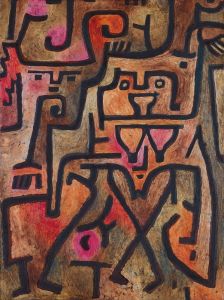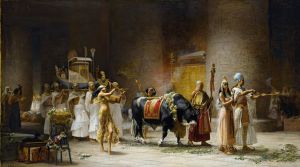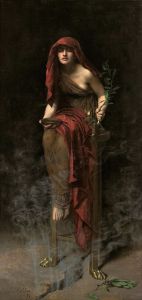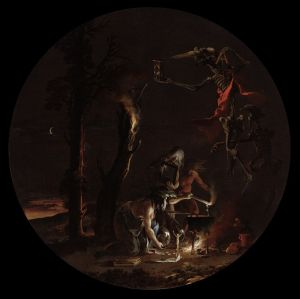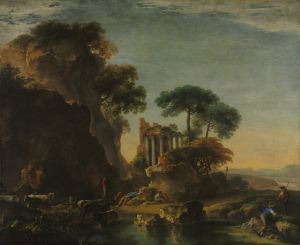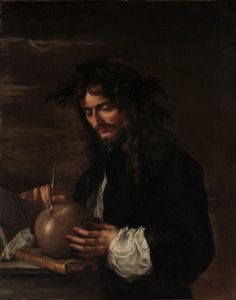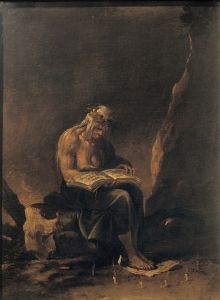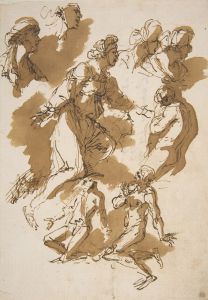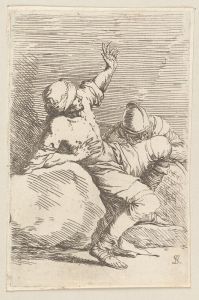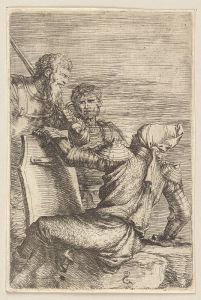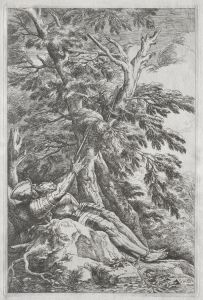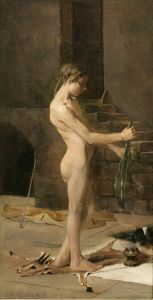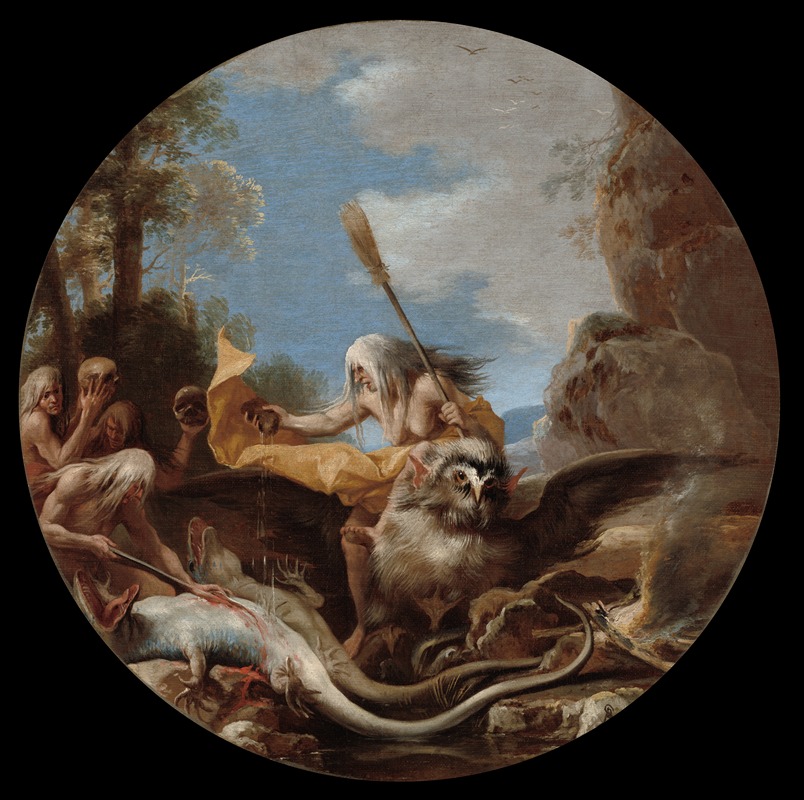
Scenes of Witchcraft, Day
A hand-painted replica of Salvator Rosa’s masterpiece Scenes of Witchcraft, Day, meticulously crafted by professional artists to capture the true essence of the original. Each piece is created with museum-quality canvas and rare mineral pigments, carefully painted by experienced artists with delicate brushstrokes and rich, layered colors to perfectly recreate the texture of the original artwork. Unlike machine-printed reproductions, this hand-painted version brings the painting to life, infused with the artist’s emotions and skill in every stroke. Whether for personal collection or home decoration, it instantly elevates the artistic atmosphere of any space.
Salvator Rosa (1615–1673) was an Italian Baroque painter, poet, and printmaker known for his unorthodox and often dramatic style. Among his many works, "Scenes of Witchcraft, Day" is a notable painting that reflects his interest in themes of the supernatural and the macabre. Rosa's fascination with witchcraft and the occult was not uncommon during the Baroque period, a time when such themes were popular in art and literature.
"Scenes of Witchcraft, Day" is part of a series of paintings by Rosa that explore the theme of witchcraft. These works are characterized by their dark, atmospheric settings and the depiction of figures engaged in mysterious and often sinister activities. Rosa's witchcraft scenes are notable for their dramatic compositions and the use of chiaroscuro, a technique that employs strong contrasts between light and dark to create a sense of volume and depth.
In "Scenes of Witchcraft, Day," Rosa presents a tableau of figures involved in various acts of sorcery and magic. The painting is filled with dynamic movement and a sense of chaos, as figures are depicted in various poses, some casting spells, others engaged in ritualistic activities. The setting is typically dark and foreboding, with a landscape that suggests an otherworldly or liminal space, removed from the everyday world.
Rosa's depiction of witchcraft is both imaginative and rooted in the cultural context of his time. The 17th century was a period of intense interest in witchcraft, with widespread belief in witches and their powers. This was also a time of witch hunts and trials in various parts of Europe. Rosa's paintings can be seen as a reflection of these societal fears and fascinations, capturing the tension between the known and the unknown, the rational and the irrational.
The figures in "Scenes of Witchcraft, Day" are often portrayed with exaggerated expressions and gestures, emphasizing the drama and intensity of the scene. Rosa's skillful use of light and shadow enhances the eerie atmosphere, drawing the viewer into the mysterious world he has created. The painting's composition is carefully arranged to guide the viewer's eye across the scene, revealing different elements and interactions among the figures.
Salvator Rosa's work, including "Scenes of Witchcraft, Day," has been influential in the history of art, particularly in the Romantic period, when artists and writers were drawn to themes of the sublime and the supernatural. Rosa's ability to convey emotion and drama through his paintings has earned him a lasting place in the canon of Western art.
While specific details about "Scenes of Witchcraft, Day" may be limited, the painting is an excellent example of Rosa's unique style and thematic interests. His work continues to be studied and appreciated for its boldness, creativity, and the way it captures the spirit of its time. Rosa's exploration of witchcraft and the supernatural remains a fascinating subject for art historians and enthusiasts alike, offering insights into the cultural and artistic milieu of the Baroque era.





